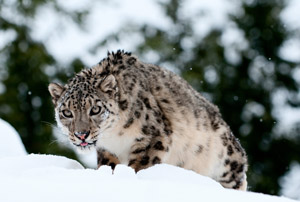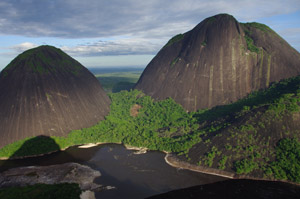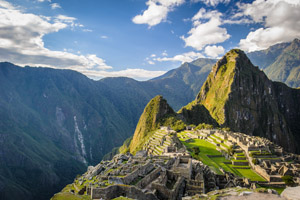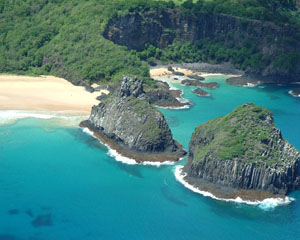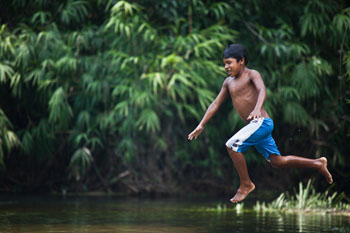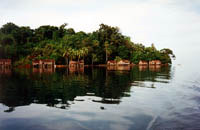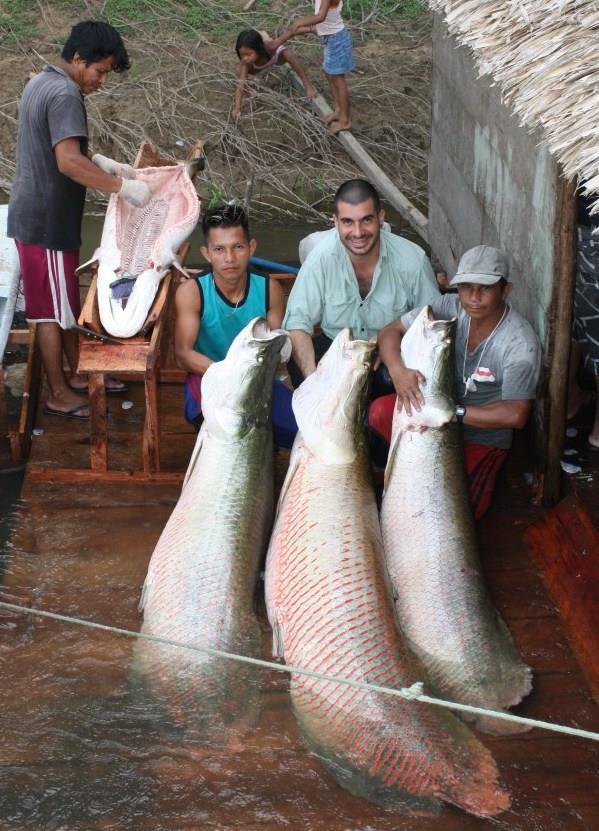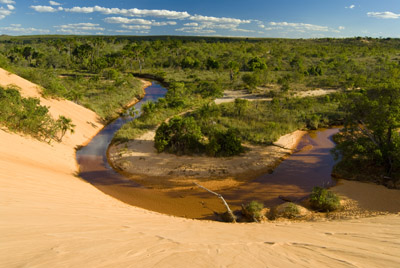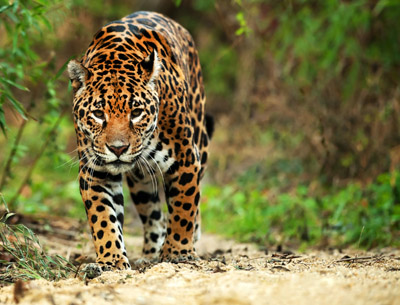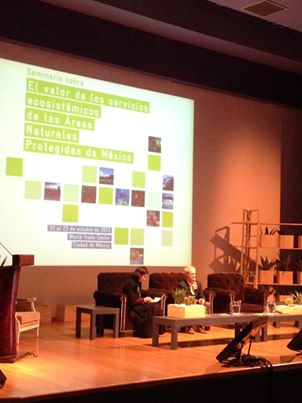News
There’s one park in the Kingdom of Bhutan where the ranges of the Royal Bengal Tiger, the snow leopard and Himalayan black bear overlap and where communities have lived in harmony with nature for hundreds of years. A trekker’s paradise, Jigme Dorji National Park is also known for it’s astounding biodiversity, breathtaking alpine meadows and majestic snow-capped mountains. But, until recently, it was missing one thing: proper campsites.
Game theory emerged in the 1940’s as a math-driven, esoteric science of how people alternately cooperate and compete to get what they want. It’s been used in business, diplomacy and military strategies and won famed Princeton economist John Nash the Nobel Prize in 1994. Now, far from the halls of academia and the corridors of power, it’s also being used to conserve nature.
Fernando León is a business school graduate most commonly seen in suit and tie. He’s also one of Peru’s most successful conservationists. His country has tropical forests covering an area the size of California, a coastline rich in marine life, and protected cultural marvels like Machu Picchu. A veteran of years working in the government, he was frustrated by the meager funding allocated to protecting the country’s natural heritage.
From Acadia to Zion, Big Bend to Yosemite, U.S. citizens take them for granted: signs and stairs, benches and bathrooms. Invisible as it may be, infrastructure is key to a park’s value proposition. Visitors willingly pay for a park experience that includes beauty, awe, and a few safeguards and conveniences. And people will defend what they love, which is why we wanted to help them get to know, and love, the Fernando de Noronha National Marine Park.
In September 2009, Theresa Kas visited the small village of Sohoneliu in the Manus Province of her native Papua New Guinea. It was a dramatic change of scenery from Stanford, where, a month earlier, she had completed Conservation Strategy Fund’s international “Economic Tools for Conservation” course. Kas, who works with The Nature Conservancy, saw that deforestation was on the rise and traditional hunting was dwindling, and wondered if the local economy’s resource base was careening toward collapse. So she pulled out her CSF notes and put them to use.
Conservation Strategy Fund has been working with traditional communities in Brazil to support low-impact activities in the Amazon region. These activities have subsequently grown into sustainable businesses, from both an environmental and economic perspective. The guidance CSF has given these locally-owned businesses has helped them to grow substantially and aims to eventually contribute to decreased deforestation in Brazil.
Capim dourado means “golden grass” in Portuguese. Whether rooted in soil or pulled from the ground, capim dourado’s thin stems glow with a golden iridescence, and can be woven into bags, hats, baskets and even jewelry. Hundreds of Brazilian artisans in the northern state of Tocantins depend on it for their livelihood.
Since 1998, Conservation Strategy Fund has been committed to making conservation efforts smarter through the use of economics. To celebrate, we're going to be sharing 15 stories over the course of the next few weeks. Each of these stories reflects how CSF's unique training and research programs equip people with the ability to both calculate and articulate the benefits of doing development right. Read our first story below and follow the series through our blog or on Facebook, and share your story at [email protected].
CSF economists Susan Seehusen, Aaron Bruner and John Reid joined the German technical support agency, GiZ, and the Mexican Protected Areas Commission, CONANP, to support two big efforts to leverage the economic value of protected areas.
Over weekend of October 18-19, Aaron and Susan joined GiZ and parks officials from a handful of Latin American countries to provide technical guidance for the newly launched ValuES program. Yes, that's an upper-case ES for Ecosystem Services; the program focuses on highlighting the values protected ecosystems deliver to human communities in focus countries such as Mexico, Brazil, Peru, Vietnam and India, among others.

